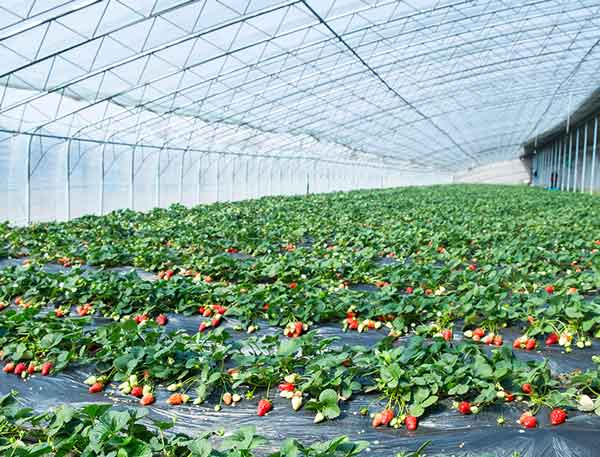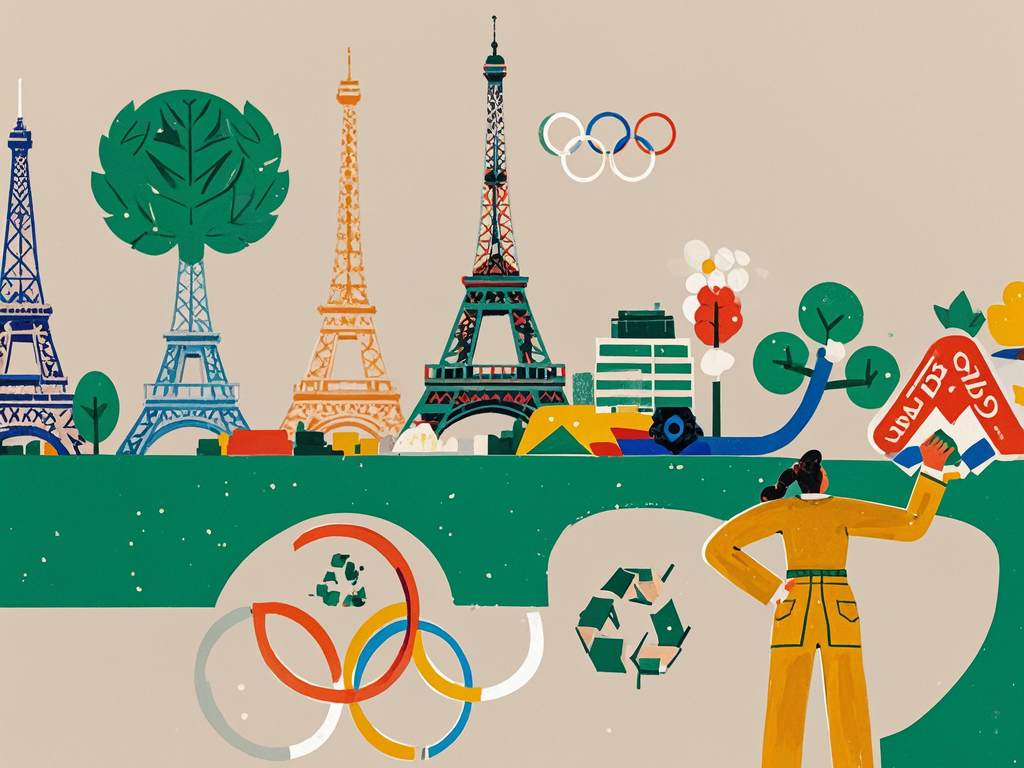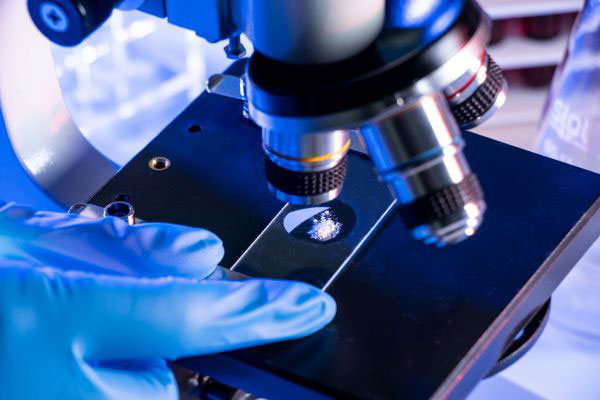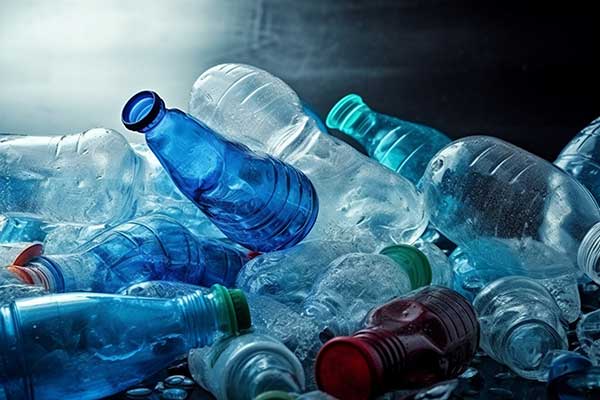Enhancing Photovoltaic Modules with Anti-PID EVA Technology

As climate change and energy demand exacerbate one another, finding sustainable and renewable sources has never been more crucial. Photovoltaic (PV) technology – which converts sunlight directly to electricity – has emerged as one such renewable solution, making PV modules key factors when considering solar energy use in terms of effectiveness and economic viability. Conceptual […]
Maximizing PBAT Film Efficiency: The Benefits of Hydrolysis Inhibitors in Biodegradable Applications

Introduction Recently, biodegradable films have garnered considerable interest as an eco-friendly alternative to plastic bags and films. These materials decompose naturally over time to reduce environmental pollution associated with plastic waste disposal. Development has rapidly progressed because of rising environmental concerns and regulatory requirements for them. Polybutylene Adipate Terephthalate PBAT is an organic synthetic biodegradable […]
Recycled Material in Olympics: A Blend of Environmental Protection and Innovation

Introduction As the world’s most important sporting event, the Olympic Games attracts a lot of attention. The large-scale constructions and activities that go behind the Olympic Games also cause a huge amount of resource consumption and pressure on the environment. The Olympics is a leader in the field of environmental protection, as the concept of sustainable growth […]
Anti-Hydrolysis Testing: Understanding and Ensuring Material Durability

Anti-Hydrolysis Tests for Determining Material Durability Materials science and engineering places great emphasis on maintaining long-term performance of materials, with anti-hydrolysis testing playing an essential part in doing this. By measuring a material’s ability to withstand water and moisture damage, anti-hydrolysis tests give us insight into its longevity and durability. See more about What is […]
How to improve the chemical stability of polyester monofilament?

What is polyester monofilament? A polyester monofilament (often PET) is a continuous, single fiber. Monofilaments are stronger and more rigid than multi-stranded fibres. Polyester monofilaments, widely used in consumer and industrial applications, are known for their outstanding mechanical properties, chemical resistance and abrasion resistance. Applications of polyester monofilament See more about Application of anti-hydrolysis agent in PET […]
The Importance of Stabilizers and Anti-Hydrolysis Agents in Polyester Monofilament Production Processes

Polyester monofilaments have a wide range of applications in many fields such as textile, industrial and consumer products. However, during production and use, polyester monofilaments may face problems such as oxidation, photodegradation, thermal decomposition and hydrolysis. To solve these problems, stabilizers play a crucial role in the production process. This article will introduce commonly used […]
The Application of HyMax KL-180 Epoxy Chain Extender in Recycled PET

As the world intensifies its focus on sustainability and environmental conservation, recycling and reusing plastic materials have become critical. Polyethylene Terephthalate (PET) is a key player in this arena due to its extensive use in packaging, textiles, and various consumer products. However, recycling PET presents significant challenges, including the degradation of mechanical properties and molecular […]
Comparative Evaluation of Three Crosslinking Agents Used in Polyurethanes

What is Curing Agent or Hardener? Curing agent (sometimes also referred to as hardener ) is a chemical substance added to coatings, adhesives, resins or other materials to promote polymerization or cross-linking reactions in them and change from liquid/paste form into solid form for curing purposes – creating curing substances with specific physical and chemical […]
Utilizing Anti-Hydrolysis Agents in Thermoplastic Polyurethane Films: Introducing Innovations that Reduce Hydrolysis

Introduction Within material science, thermoplastic polyurethane (TPU) films have emerged as an innovative solution, boasting impressive properties. Their durability and performance characteristics have only increased with anti-hydrolysis agents added as anti-hydrolysis agents further strengthen them extending their use across applications. This article delves deeper into their properties, applications and transformative potential within TPU film applications. […]
